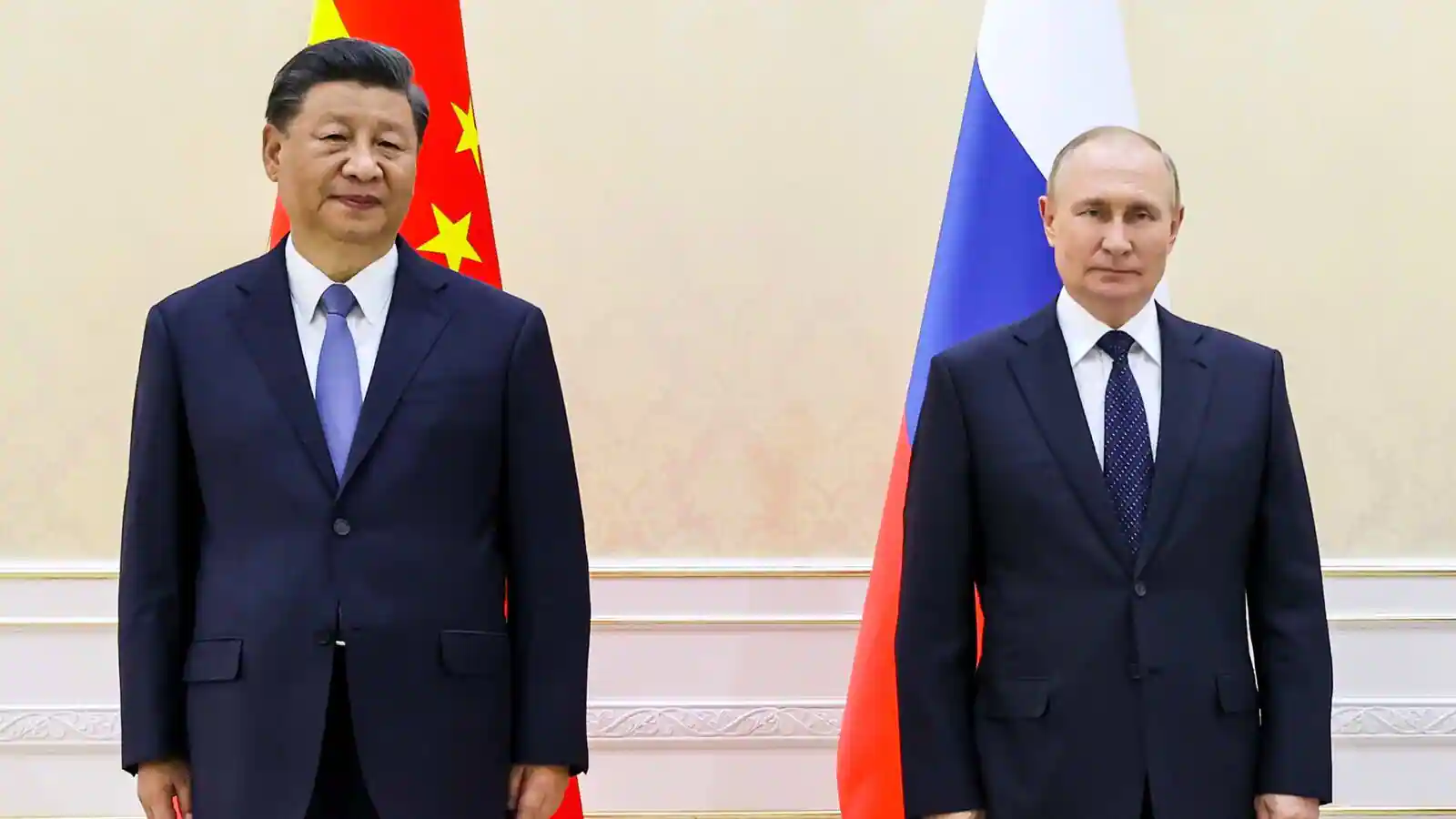Moscow’s invasion of Ukraine highlighted the role of fertilizers — and who controls them — as a strategic lever of global influence.
The cargo trapped for months at the Dutch port of Rotterdam was so precious that the United Nations intervened to mediate its release. The World Food Programme chartered a ship to transport it to Mozambique, from where it’s being taken by truck through the interior to its end destination, Malawi.
About 20% of Malawi’s population is projected to face acute food insecurity during the “lean season” through March, making the use of fertilizers to grow crops all the more vital. It’s one of 48 nations in Africa, Asia and Latin America identified by the International Monetary Fund as most at risk from the shock to food and fertilizer costs fanned by Russia’s invasion of Ukraine. One year on, the upheaval caused to world fertilizer markets is seen by the UN as a key risk to food availability in 2023.
Yet alongside humanitarian considerations, it’s the realization that much of the world relies on just a few nations for most of its fertilizers — notably Russia, its ally Belarus and China — that’s ringing alarm bells in global capitals. Just as semiconductors have become a lightning rod for geopolitical friction, so the race for fertilizers has alerted the US and its allies to a strategic dependency for an agricultural input that is a key determinant of food security.
That’s pushed fertilizers — and who controls them — to the forefront of the political agenda around the world: The US State Department is beefing up its expertise on fertilizers, presidents are tweeting about them, they’re featuring in election campaigns, and becoming the focus of tensions between countries as well as an unlikely currency of diplomacy. They’re also being pulled into the contest of narratives over who’s to blame for the fallout from Russia’s war on Ukraine.
“The role of fertilizer is as important as the role of seed in the country’s food security,” said Udai Shanker Awasthi, managing director and chief executive officer of the Indian Farmers Fertiliser Cooperative, the country’s largest producer. “If your stomach is full then you can defend your house, you can defend your borders, you can defend your economy.”
Last year’s jolt to the $250 billion global fertilizer industry highlighted the role of Russia and Belarus as exporters of almost a quarter of all world crop nutrients. While Russia’s agricultural products including the three main types of fertilizer — potash, phosphate and nitrogen — are not targeted by sanctions, exports remain curtailed through a combination of disruptions to ports, shipping, banking and insurance.
Russian fertilizer billionaire Andrey Melnichenko, the founder of EuroChem Group AG, argues the European Union’s sanctions regime has clogged up trade to such an extent that it’ll have caused a total curtailment of fertilizer shipments by some 13 million tons by the one-year mark of the war on Feb. 24. Melnichenko is himself subject to sanctions.
It was Russian fertilizer caught in limbo in the Netherlands that was freed as part of a wider UN deal to allow grain transports via the Black Sea. The batch that began arriving in Malawi earlier in February was the first of several proposed shipments of fertilizer stranded in ports from the Baltic Sea to Belgium and “donated” by Russia’s Uralchem-Urakali Group. Uralchem is planning a handover ceremony with Malawi’s government to be attended by the Russian ambassador on March 6.
The market disruption triggered a spike in prices last summer that led to stockpiling by those able to afford fertilizers, and while costs have since come down significantly, they remain above pre-pandemic levels. Supplies are constrained in poorer areas. The situation is exacerbated by sanctions on potash giant Belarus alongside the decision by China, a major producer of nitrogen and phosphate fertilizers, to impose restrictions on exports to protect domestic supply, curbs that analysts don’t see being lifted until the middle of 2023 at the earliest.
The result has been an all-too familiar divide: Bloomberg Intelligence analyst Alexis Maxwell says that even though prices have fallen more than 50% from last year’s peak, farmers in Southeast Asia and Africa remain more exposed than their counterparts in North America, China or India. The African Development Bank has warned that curtailed use is likely to mean a 20% drop in food production, while the WFP sees smallholders in the developing world at risk of “a major food availability crisis as the fertilizer crunch, climate shocks and conflict upend food production.”
Indonesian President Joko Widodo warned at the Group of 20 summit he hosted in November of “a more dismal year” ahead without immediate steps to ensure availability of affordable nutrients. Indian Prime Minister Narendra Modi, who now holds the G-20 chair, pledged to focus efforts to “depoliticize” global fertilizer supply, “so that geopolitical tensions do not lead to humanitarian crises,” he wrote in the Times of India in December.
The geopolitical fallout is being felt as far away from Ukraine as Canada, the world’s biggest potash producer (Russia and Belarus are No. 2 and No. 3 respectively). Brazil’s agriculture minister traveled there immediately after the war’s outbreak to secure more shipments for the food-exporting superpower, while Prime Minister Justin Trudeau’s government has said it’s looking at increasing exports to Europe of “strategic commodities” including potash.
Nutrien Ltd., the world’s largest fertilizer company and the biggest private employer in its home base of Saskatoon in Canada, is expanding production at its potash mines, helping fuel the city’s spread out into the great prairie lands of central Saskatchewan. BHP Group Ltd gave the green light to build its own massive potash mine in Saskatchewan about 18 months ago; it’s already looking at options to accelerate an expansion that would see total output double.

